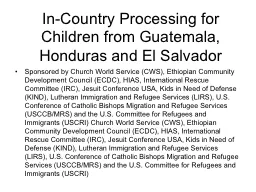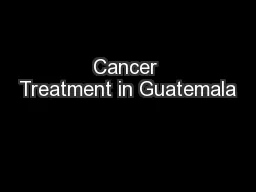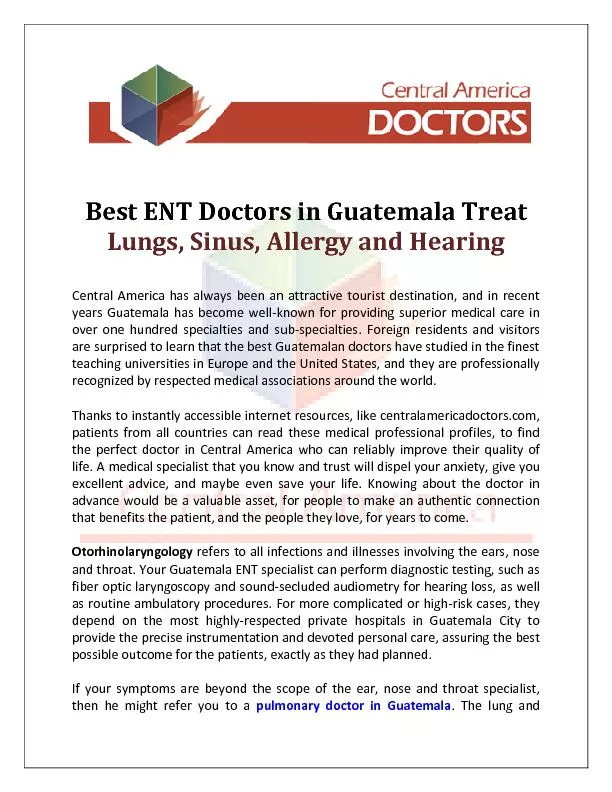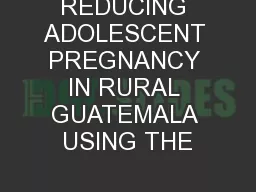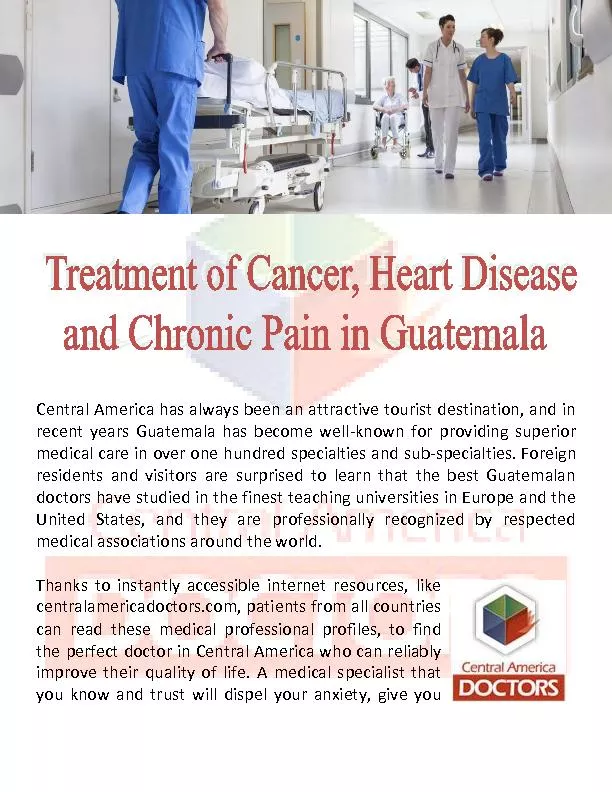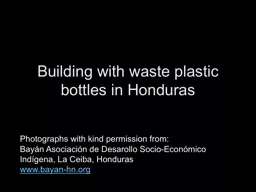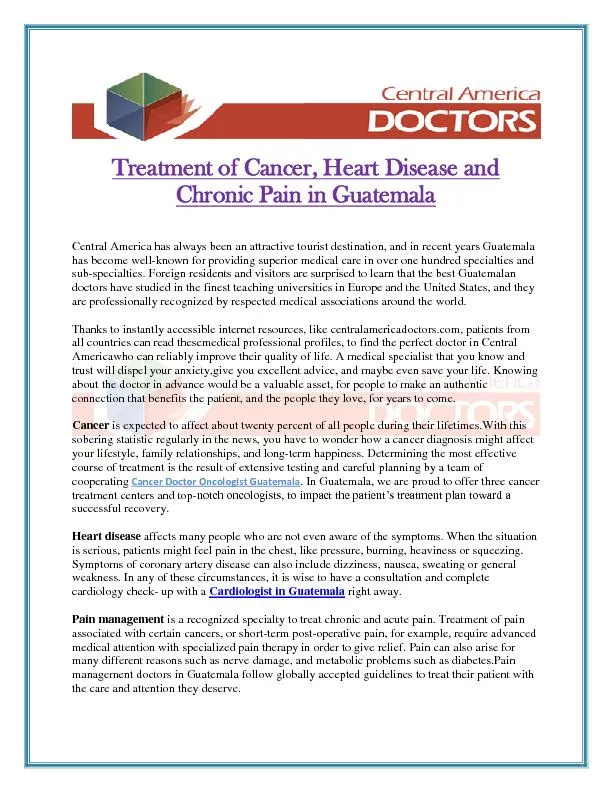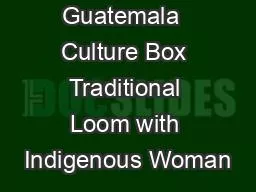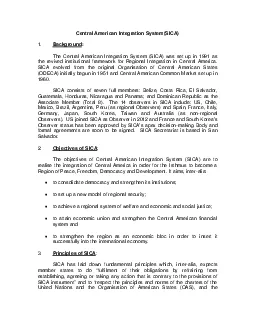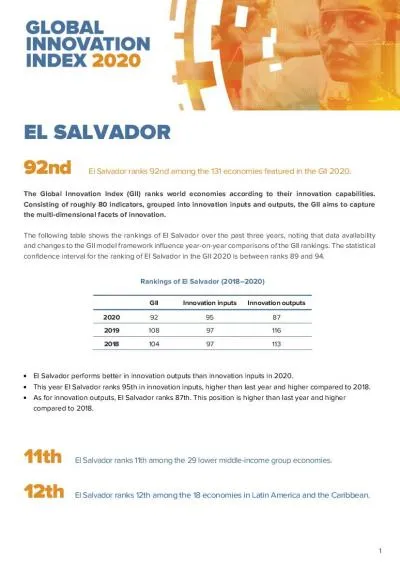PPT-In-Country Processing for Children from Guatemala, Honduras and El Salvador
Author : debby-jeon | Published Date : 2018-03-16
Sponsored by Church World Service CWS Ethiopian Community Development Council ECDC HIAS International Rescue Committee IRC Jesuit Conference USA Kids in Need of
Presentation Embed Code
Download Presentation
Download Presentation The PPT/PDF document "In-Country Processing for Children from ..." is the property of its rightful owner. Permission is granted to download and print the materials on this website for personal, non-commercial use only, and to display it on your personal computer provided you do not modify the materials and that you retain all copyright notices contained in the materials. By downloading content from our website, you accept the terms of this agreement.
In-Country Processing for Children from Guatemala, Honduras and El Salvador: Transcript
Download Rules Of Document
"In-Country Processing for Children from Guatemala, Honduras and El Salvador"The content belongs to its owner. You may download and print it for personal use, without modification, and keep all copyright notices. By downloading, you agree to these terms.
Related Documents

